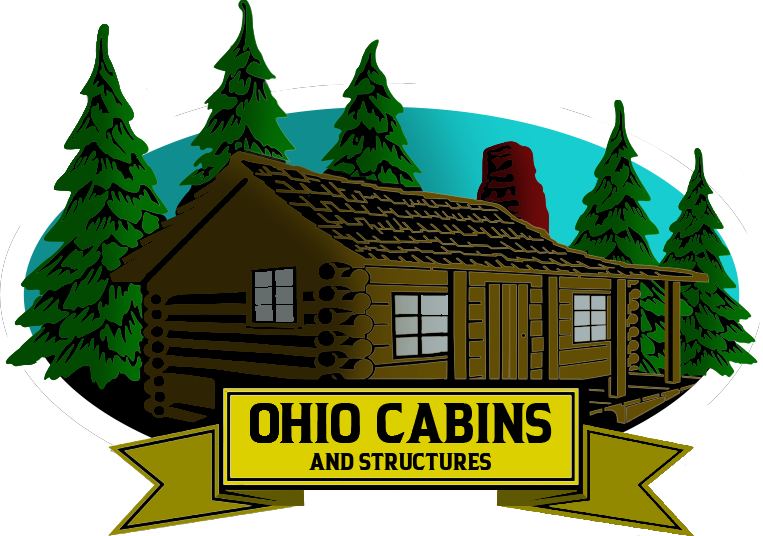Once you’ve designed or purchased your perfect tiny home, a crucial question arises: where to park a tiny home? Unlike traditional houses, tiny homes often don’t have a fixed location unless built on a foundation. Their mobility is one of their greatest strengths, but it also creates challenges when it comes to legal placement, utility access, and lifestyle compatibility. Understanding the various parking options and the rules surrounding them can save you significant time, money, and frustration.
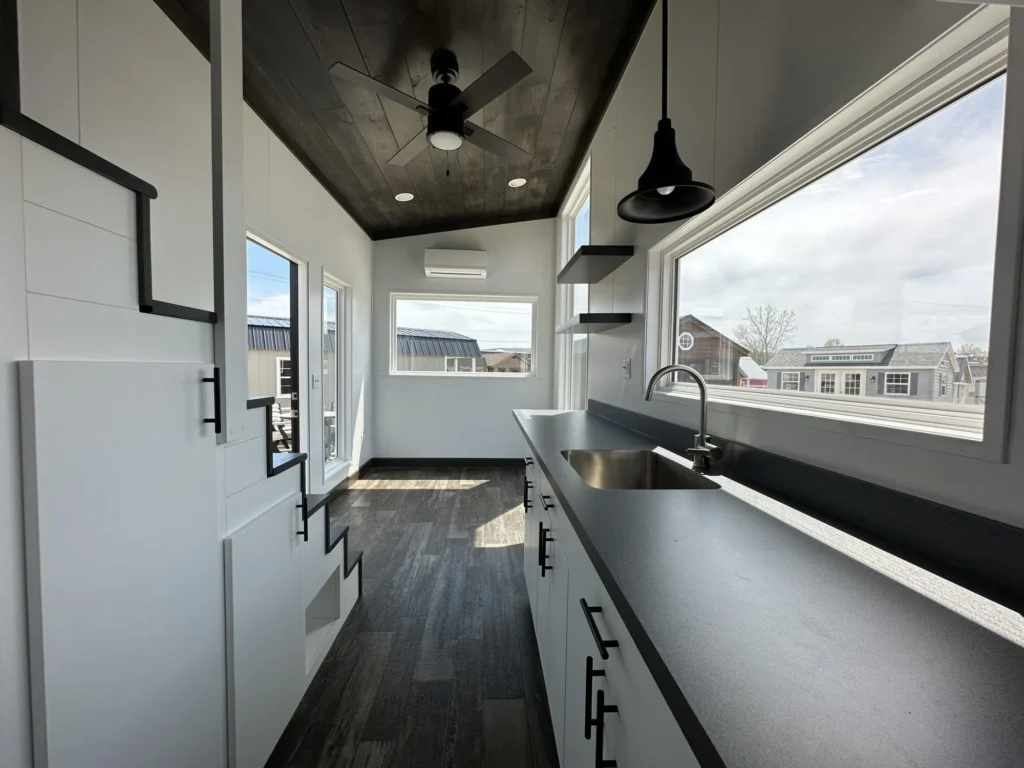
Legal Considerations of Tiny Home Parking
The first step in deciding where to park a tiny home is understanding the legal landscape. Zoning laws and local ordinances determine where mobile dwellings can be parked, for how long, and under what conditions. Some municipalities have embraced the tiny home movement and offer specific allowances for parking tiny homes. Others may restrict long-term parking, especially on vacant lots or in residential areas.
It is essential to contact the zoning department of the county or city you’re considering to learn the latest rules. Many areas differentiate between tiny homes on wheels and those on foundations, often allowing the latter more flexibility. Some regions permit tiny homes as accessory dwelling units (ADUs), while others view them as recreational vehicles (RVs), which limits where they can be placed.
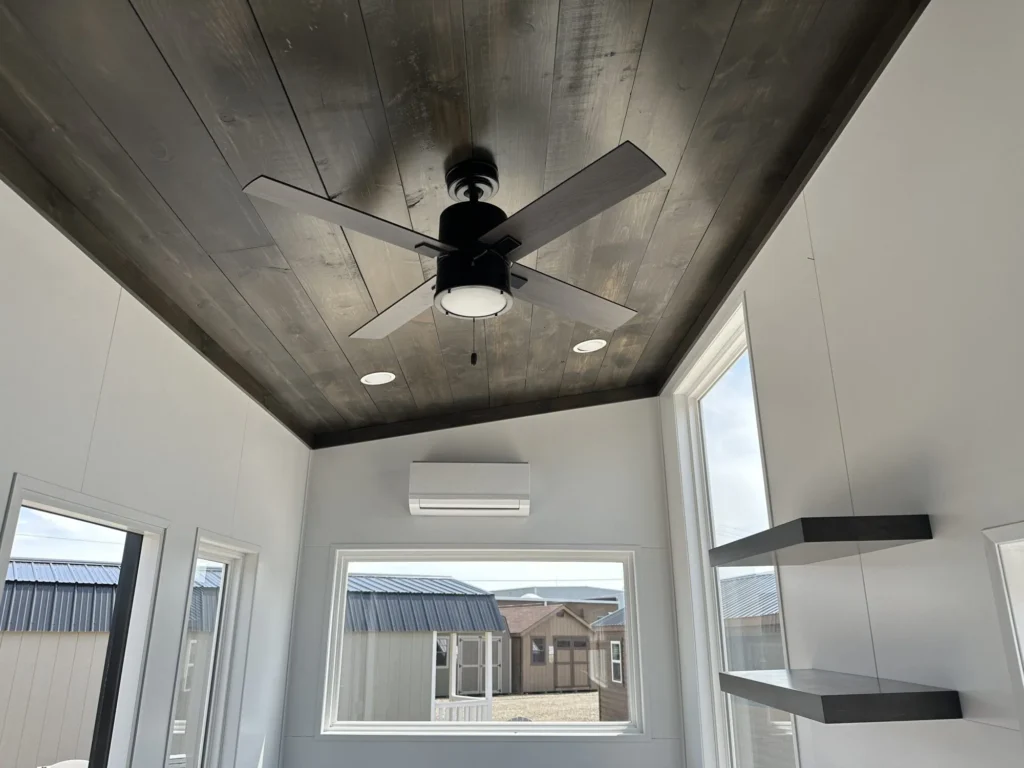
Parking in Tiny Home Communities
Tiny home communities are one of the most popular and legally secure options for parking a tiny home. These communities are designed specifically to accommodate small-scale living and typically provide infrastructure like water, sewer, and electricity. They also often foster a supportive community environment with shared amenities and like-minded neighbors.
Many tiny home communities have zoning approval, which removes the headache of figuring out where to park. They can be found across the United States, with many located in states that have progressive housing policies. Living in a community allows for a balance between freedom and stability, offering both utility access and legal protection.
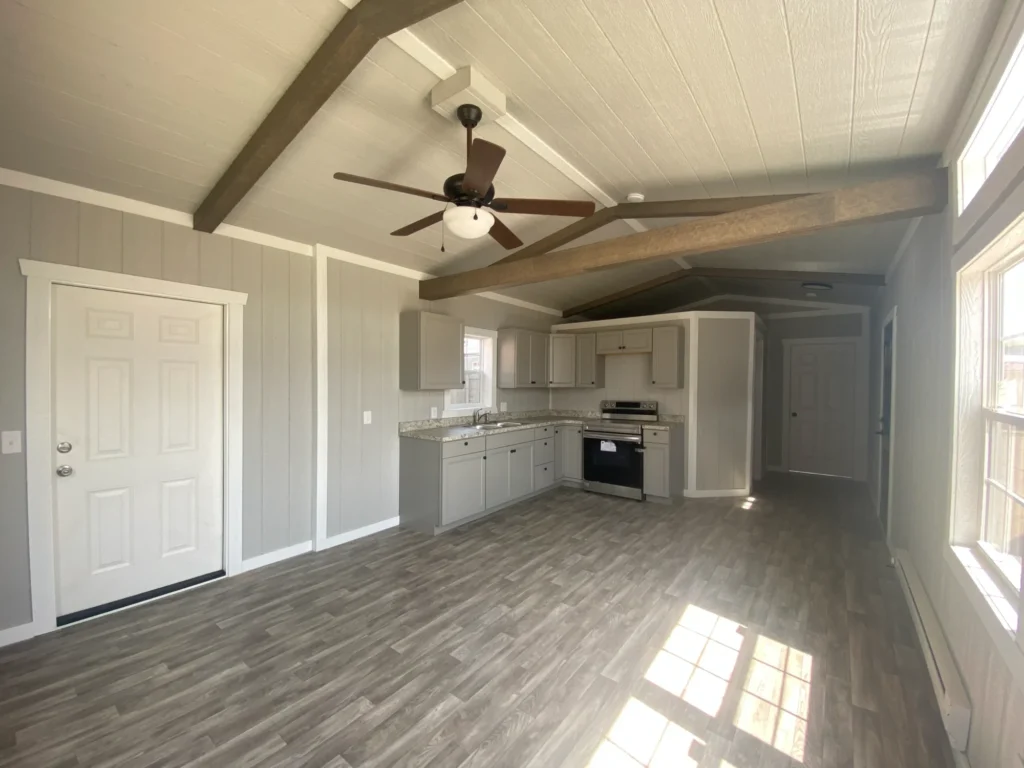
Renting a Spot on Private Property
For those who prefer more privacy or want to stay in a specific area, renting space on someone else’s land is a common option. This could be a backyard, farmland, or a rural lot. The success of this arrangement largely depends on local laws. In some jurisdictions, tiny homes can be classified as ADUs and legally placed behind an existing structure, especially if the landowner secures the appropriate permits.
When renting a spot, it’s vital to formalize the agreement with a contract. This should include terms for rent, utility responsibilities, and maintenance expectations. It’s also helpful to establish a good relationship with neighbors and local officials, as this can influence how smoothly your arrangement proceeds.
Staying in RV Parks and Campgrounds
Since many tiny homes on wheels are built to RV specifications, RV parks and campgrounds can provide a temporary or semi-permanent solution. These locations usually offer full hookups for water, electricity, and sewage, making them convenient for short to medium stays. However, they are not always suitable for full-time living due to zoning restrictions or park rules.
Some RV parks limit stays to 30 days or less, while others allow long-term residency. It’s important to clarify these rules before moving in. Additionally, the aesthetic and community experience in RV parks can vary widely, so personal visits and thorough research are recommended.

Using Your Own Land
Parking a tiny home on your own land might seem like the ideal solution, but this too comes with regulatory hurdles. Whether your home is on wheels or a permanent foundation, you must adhere to local zoning ordinances and building codes. These may dictate minimum square footage for dwellings, require septic systems or sewer connections, and enforce setbacks from property lines.
If your land is located in a rural or unincorporated area, you may have more flexibility. Still, utilities and access roads must be planned carefully. Off-grid setups, including solar power and composting toilets, are often required in areas without municipal services.
Off-Grid and Remote Parking Options
Some tiny homeowners opt for complete autonomy by parking in off-grid or remote areas. This lifestyle offers unparalleled freedom and the ability to live closer to nature. However, it also requires a strong level of self-sufficiency and knowledge of off-grid systems. Solar panels, water catchment, composting toilets, and propane appliances are common features of such homes.
Remote parking is best suited for those with a pioneering spirit and a willingness to handle their own utilities and maintenance. Always verify land ownership and ensure you’re not violating any conservation or public land use laws before settling in.
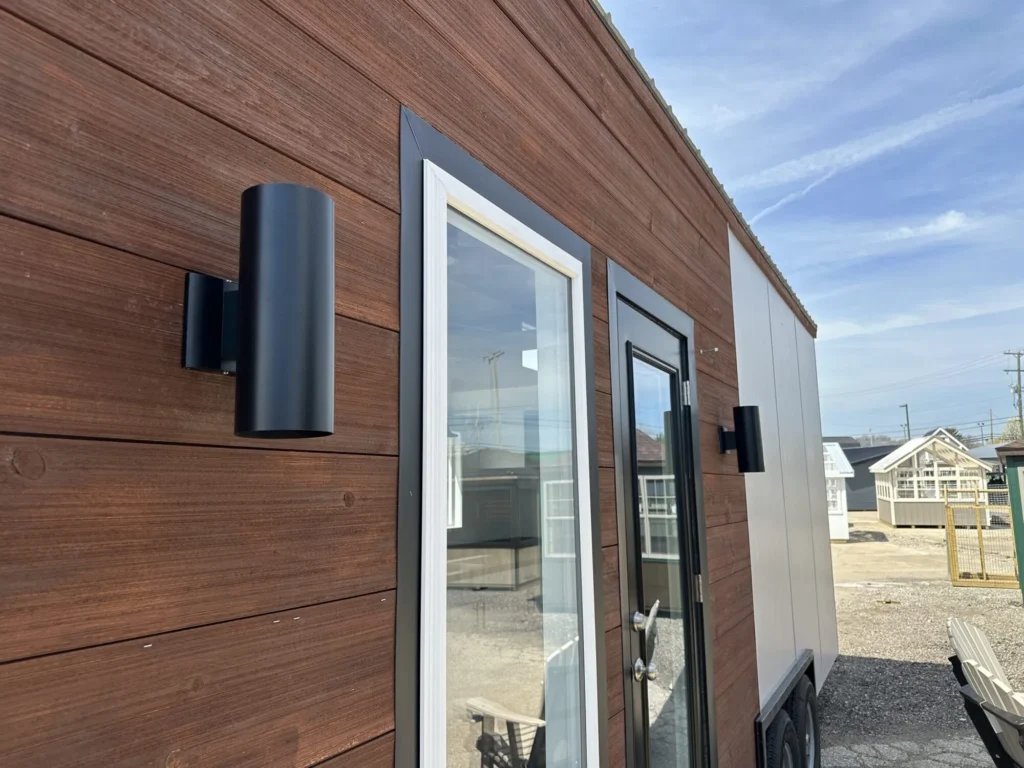
Temporary Parking for Travel
For those who use their tiny home to travel frequently, temporary parking options are part of everyday life. This could include staying overnight at rest stops, visiting national parks, or using websites that connect travelers with private landowners offering short-term space. While this lifestyle offers unmatched mobility, it requires diligent planning and a deep understanding of parking etiquette and regional laws.
Popular platforms like Harvest Hosts and Boondockers Welcome allow tiny home owners to find overnight parking at farms, wineries, and private properties in exchange for patronage or a membership fee. These options can be great for travel but are not suited for long-term residence.
Partnering with Ohio Cabins & Structures
If you’re exploring where to park a tiny home, working with a knowledgeable builder like Ohio Cabins & Structures can simplify the process. Not only do they offer beautifully crafted and customizable tiny homes, but they also have insight into the regulations and best practices for placement and parking throughout Ohio and surrounding areas.
You can explore their models and services by visiting Ohio Cabins & Structures. Additional resources for legal parking and tiny home advocacy can be found at the American Tiny House Association and local zoning offices.
Ultimately, figuring out where to park a tiny home depends on a blend of legality, lifestyle preference, and access to utilities. With the right information and a little creativity, tiny home owners can find a space that matches their vision for small-scale, intentional living.
